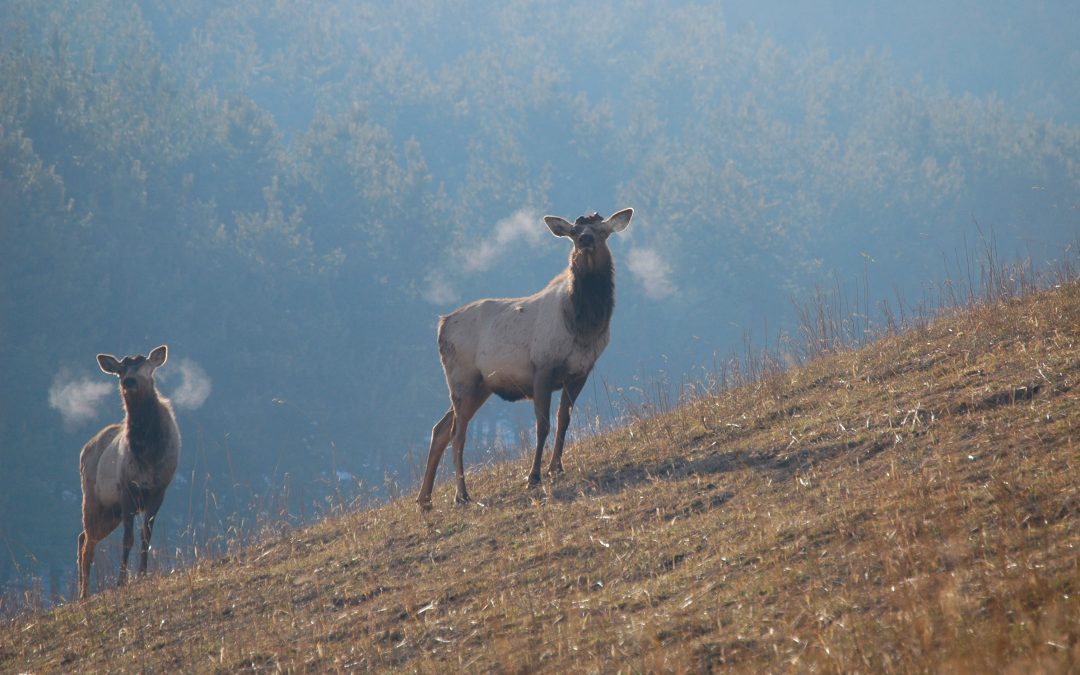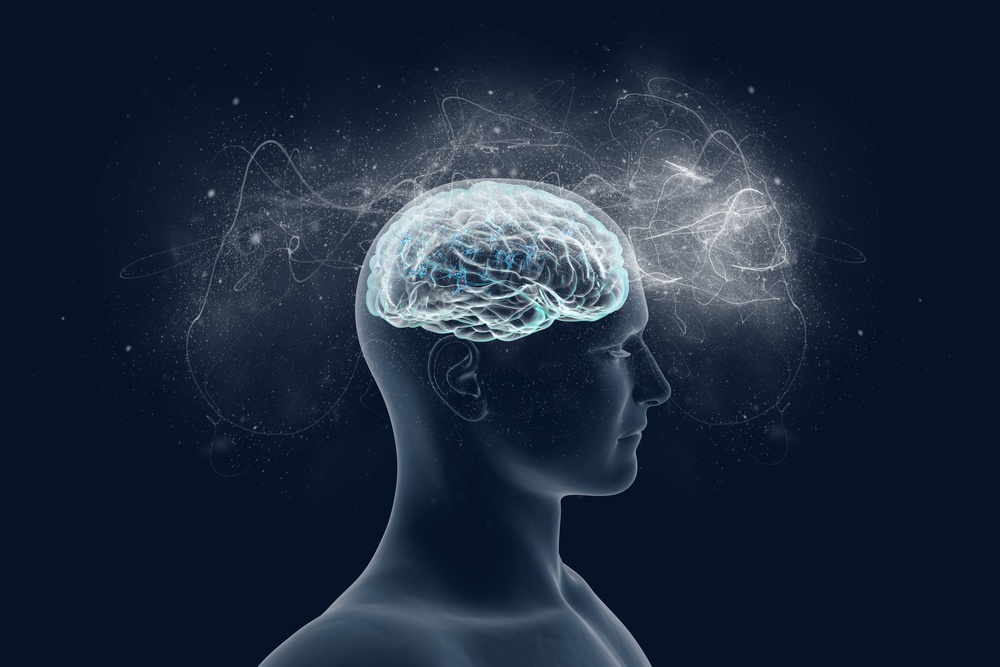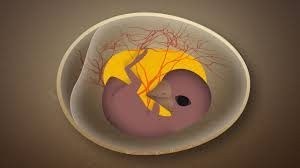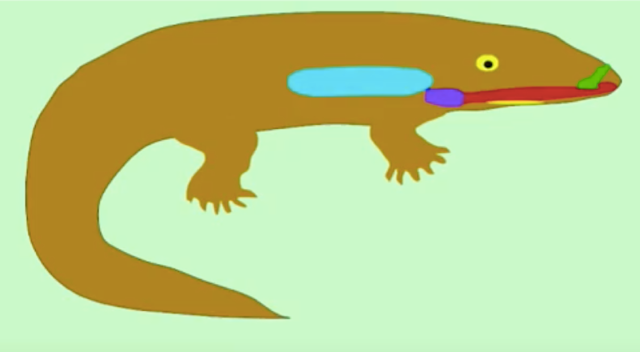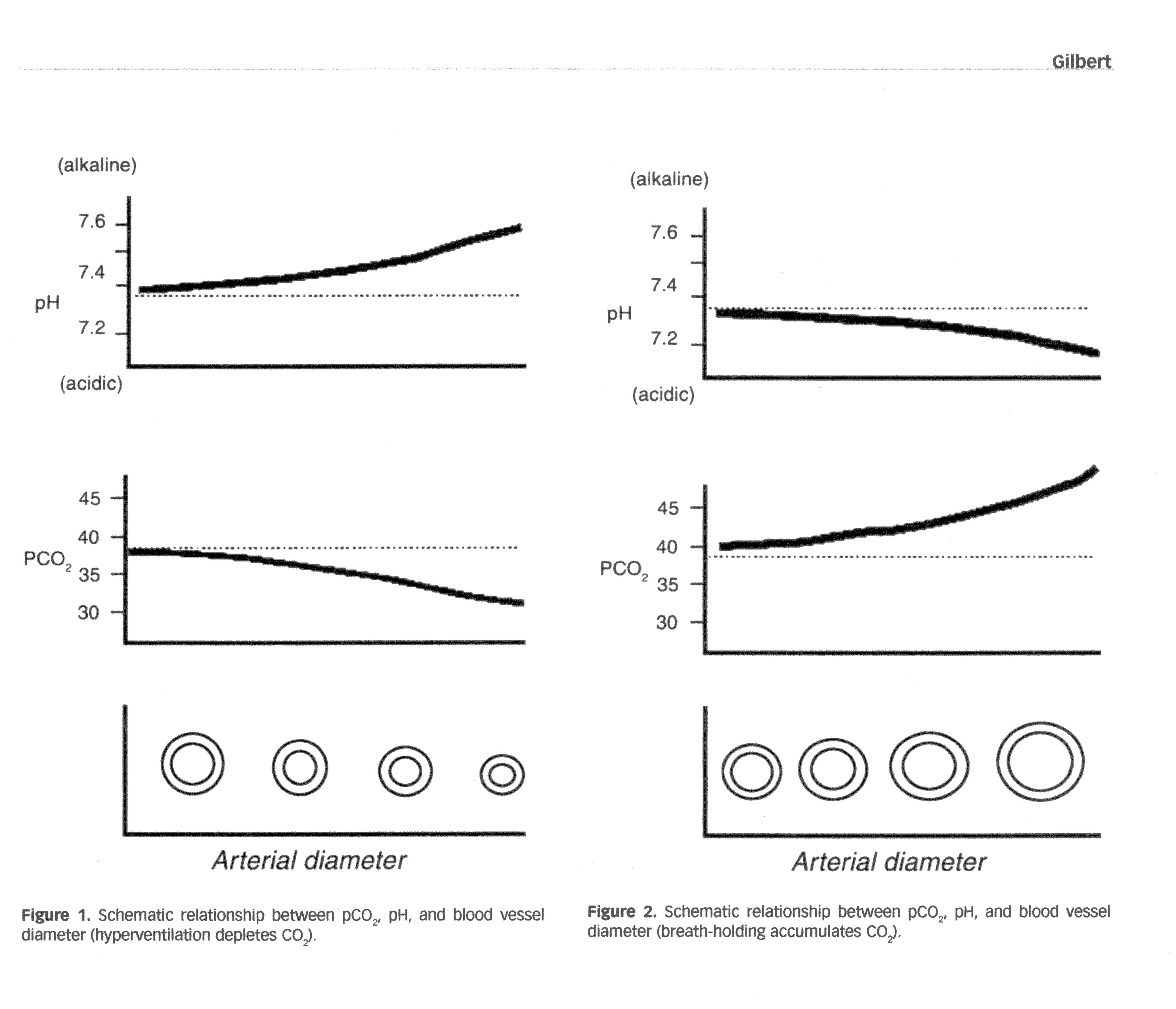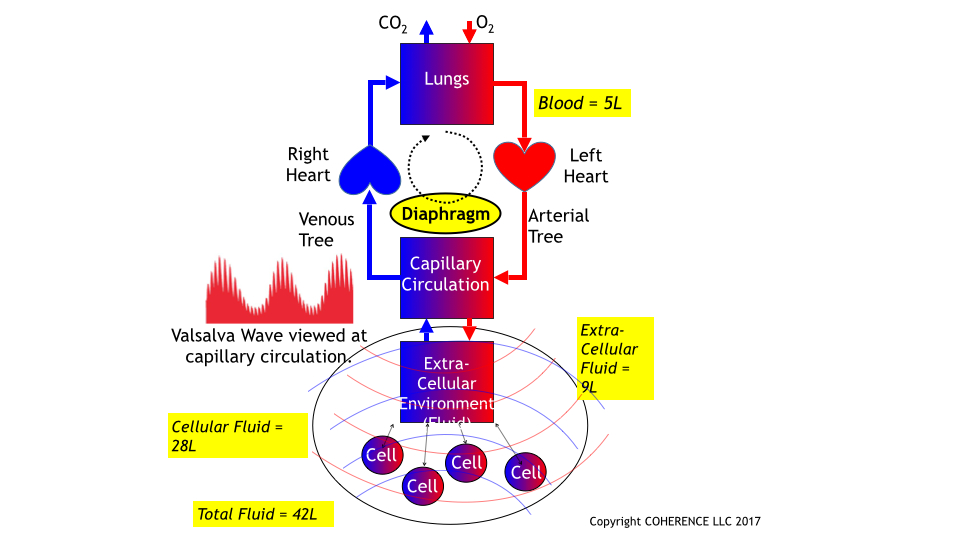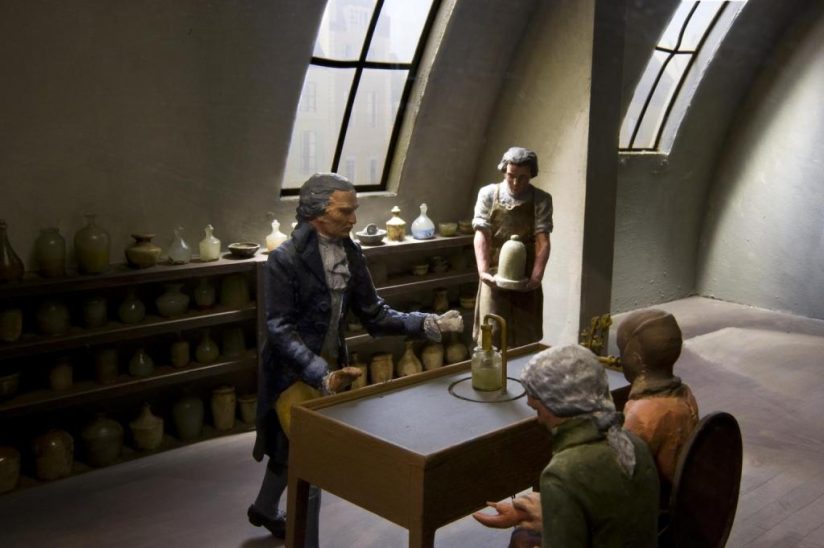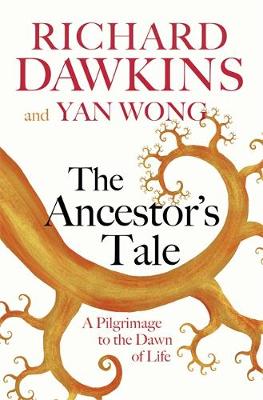In this video, stress resilience coach Glyn Blackett explains the importance of breathing chemistry to brain function, and how over-breathing can cause problems like anxiety, panic, fatigue and other symptoms of stress. He also introduces capnometry biofeedback, a tool for learning to breathe in accordance with breathing chemistry.
Category: Breathing Science
“Clean air starts at home”
This is an animation by the Hay Festivals project Trans.MISSION which deals with the subject of air pollution created by chemical scents in homes and on persons.
“A surprising amount of air pollution is emitted by the home. In Clean Air, Aardman Animation Studios director Dan Binns teams up with atmospheric chemist at the National Centre for Atmospheric Science (NCAS) and the University of York professor Ally Lewis to explore the impacts of air pollution beyond cars and exhaust pipes.”
“Are you breathing out a cloud?”
In his blog Life‘s chemistry press, Reese Aptor writes about how air as a substance, water vapour, clouds and breathing are related to each other. (I touched on water vapour and how it‘s visibly present in an exhale in my blog post Ghost, 2017.) Reese explains the chemistry behind these phenomena in an accessible yet thorough way and gives answers to interesting questions like „What do breath and clouds have in common?“ and „Are you breathing out a cloud?“ Read More
Breathing and the brain
In her article „Breathing and the brain: How brain scanning could help treat chronic respiratory issues“, Chantal Da Silva discusses how connections of breathing experiences made in the brain affect our perception of breathing. For example, a memory of having difficulty breathing during an argument with a friend can trigger the correlating symptoms of panic, confusion, shortness of breath, tightness in the chest and/or throat, mouth breathing etc. This is because the brain made links between what caused the difficulty of breathing with the symptom itself. Read More
How birds-to-be get oxygen inside eggs
“How birds-to-be get oxygen inside eggs.” is the latest animation from the science enthusiast Adam Cole aka npr’s Skunk Bear.
Unlike a human fetus, a chicken fetus isn’t connected to its mother’s umbilical cord. It grows sealed inside the egg. So how does it get the oxygen necessary for survival and growth? In Skunk Bear’s beautiful animation we learn about the oxygen supply of a chicken fetus in parallel to our own, up to the moment when we all take our first breath.
Respiratory Evolution
I’d like to share this series of charmingly illustrated videos about respiratory evolution by biology professor Walter Jahn. The first video, which serves as an introduction to the subject of respiratory evolution, is followed by a series of further videos ranging from cutaneous respiration to pharyngeal respiration to the development of gills and lungs.
Source: Dr Walter Jahn, Suny Orange College, New York
Better Chemistry Through Breathing
In his article „Better Chemistry Through Breathing: The Story of Carbon Dioxide and How It Can Go Wrong“, breathing expert Christopher Gilbert, PhD, explains the often misunderstood dynamics between O2 and CO2 in breathing and the causes and effects of hyper- and hypoventilation in physical and cognitive performance and emotional states. He includes hyper- and hypoventilation self-tests and comprehensively sums up the key points about CO2 in relation to breathing.
Source: http://www.resourcenter.net
“the evolution of the diaphragm follows uprightness”
To welcome the new year I’d like to share an exchange I had around this time last year with Steve Elliot from Coherence Breathing. Our email correspondence was about the movement of the diaphragm in connection with the upright posture. He’d just sent me the new issue of his online magazine Swan & Stone which had sparked off questions I’d had about this for some time.
From: Nicola Caroli [mailto:hallo@nicolacaroli.com] Sent: Friday, December 30, 2016 2:56 AM To: steve.elliott@coherence.com Subject: Re: Swan & Stone, Volume 1, Issue 15: The Breathing State Of Mind
Dear Stephen,
as always I enjoyed reading your new issue. I have a question to the following statement:
“In September 2010 I asserted the theory that in land dwelling vertebrates, the evolution and sophistication of the diaphragm follows uprightness – the degree to which the head is carried above the chest and the chest is carried above the legs, where the more erect, the more prone the blood is to pooling due to gravity.” Read More
“Measuring Breath: from cadavers to spirometers”
I‘d like to share another fascinating post from the Life of Breath project blog about spirometers. New Life of Breath post-doctoral researcher Coreen McGuire introduces her research and also shares a link with lots of pictures of historical breath measuring devices.
Measuring Breath: from cadavers to spirometers
Last seen fleeing the scene of the crime, the suspect was a white male in his mid-40s and was approximately 5’9, of a somewhat stocky build…
This is the way that we describe people when we’re trying to be as accurate as possible. By invoking close approximations of age, height and weight. These are obvious ways to make direct measurements of a person’s body. But what happens if you need to measure something completely apart from these things? What if the thing you want to measure is something intangible, invisible, and intimately personal, like breath? Read More
„The net effect is to store energy“
In The Ancestor‘s Tale, Richard Dawkins and Yan Wong set off on a journey backwards in evolution. They see themselves as the pilgrims in Chaucer‘s Canterbury Tales, in their case, each journey resulting in a tale about an aspect of evolution in the „shared archaen goal, our Canterbury“. Oxygen and carbon dioxide feature along the way and the travellers have some enlightening information about cyanobacteria and a word of warning about fossil fuel. Read More



